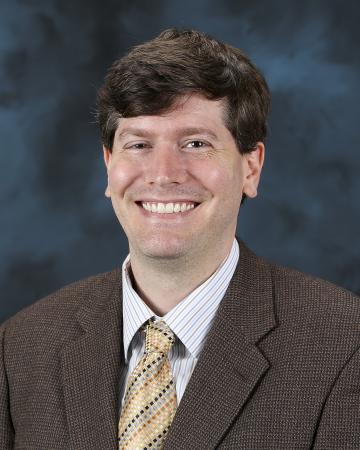
John Canik
John Canik
Oak Ridge National Laboratory
Friday, October 4, 2019
3:00pm
Abstract: Predictions for the scrape-off layer (SOL) in future fusion devices based on empirical scalings imply extremely large parallel heat flux, q|| ~10 GW/m2, which is exacerbated for high-field concepts that may enable a Compact Pilot Plant (CPP) as recommended by a recent US strategic planning assessment. Here we discuss the framework of a program to more firmly establish the basis for power handling in tokamaks by extending the paradigm of solid (likely high-Z) walls using noble gas seeding to increase impurity radiation. This is intended to take relatively mature science and technologies relevant to power exhaust and particle control (PFCs, pumping) and demonstrate the combined physics and engineering basis for a divertor solution for a tokamak-based CPP. The aims of this program are to a) establish the predictive basis for projecting heat flux and the conditions for its mitigation; b) develop core confinement scenarios that minimize exhaust requirements on the divertor; c) test the interaction between radiative divertor and high-pressure pedestals at-scale; and d) explore the potential of alternative divertor geometries as risk mitigation should the conventional geometry employed in, e.g., ITER prove to be insufficient for CPP requirements. An important component of this program will require the US to fill a present worldwide capability gap with a new tokamak capable of exploring the physics of long-legged, tightly baffled divertors at high heat flux, investigating new regimes that are predicted to dramatically lessen the power exhaust challenge.
Bio: Dr. John Canik is the Interim Director of the Fusion Energy Division at Oak Ridge National Laboratory. He joined the staff at ORNL in July of 2007 as a scientist in the Experimental Plasma Physics group, and served as Group Leader for Theory and Modeling from 2014 until 2019. At ORNL, Dr. Canik has worked on simulating the transport of heat and particles in the edge of fusion plasma experiments and their interactions with surrounding surfaces, as well as studying the effects of three-dimensional magnetic perturbations on the edge transport and stability properties of tokamaks. As part of this research, Dr. Canik participates in experiments and performs analysis on a variety of domestic and international tokamak experiments. Dr. Canik earned his Master of Science and Doctorate from the University of Wisconsin in 2004 and 2007, after graduating from New York University in 2001. At UW, Dr. Canik did research on the HSX stellarator, performing measurements of the plasma density and temperature profiles, and modeling the plasma and neutral transport to interpret these measurements.